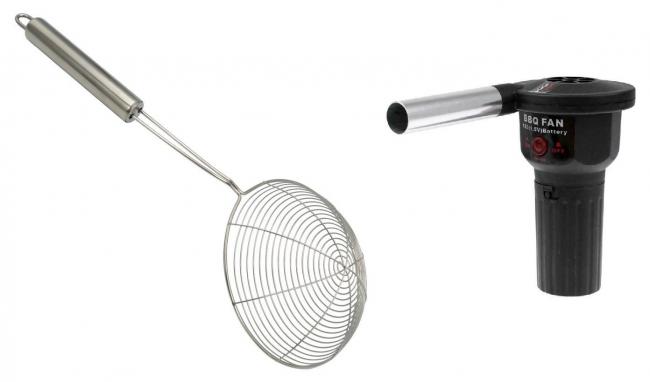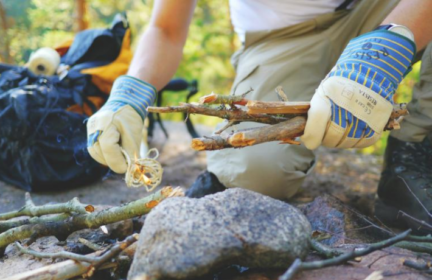How to start a fire
My parents burned wood throughout my childhood and I’ve heated with wood most of my adult life. I use about one box of matches per year. So from age 20 to age 80 (that’s where I am today) is 60 years. And 60 years @ 1 box = 60 boxes. And 60 boxes @ 250 matches = 15,000 fires. Not sure how precise that estimate is but how many thousands of fires have you started?
Here’s what it’s come down to. If I need to start a new fire from scratch, I skip the kindling wood and newspaper and all that, stack up my wood, and insert a cloth soaked in kerosene into the stack. One match and I have a fire.
Here’s a link to the “Azerbaijani Lady” (with 3 million views) cooking outside. At 4:08 to 5:08 she is shown starting a campfire with one match sans kindling or newspaper. Gee, I wonder how she does that? The Azerbaijani Lady does all her cooking outside and has dozens if not hundreds of videos showing either herself or her husband lighting a fire in similar fashion. Sometimes you can glimpse the kero rag but mostly they hide it. https://www.youtube.com/watch?v=BOfhIny0pi4
My other fire-starting scenario is where, in this morning’s ashes, I have some glowing coals left over from yesterday. In general terms, I gather the coals together, put some kindling on top, and blow some air on the coals using bellows.
To gather the coals together I use a 6-inch stainless steel strainer. I scoop up some glowing red coals mixed with ashes, shake the strainer to get rid of the ashes, and dump the coals in a little pile of their own. Leather gloves give my hands better traction. The handle of the strainer is a bit slippery.
For bellows, I don’t use old-fashioned blacksmith bellows. I use a BBQ Fan that runs on one D-cell battery. Try it. You’ll like it. And that’s what you search for on eBay: “BBQ Fan.”
One of the more amusing things I’ve ever had happen to me is to be camping with friends at a provincial park in Canada and have a 15-year-old boy kneel down next to me at the fireside and ask (with a touch of awe in his voice), “How do you know so much about fires?” It takes a lot to impress a 15-year-old.
-
Comments (7)
-

